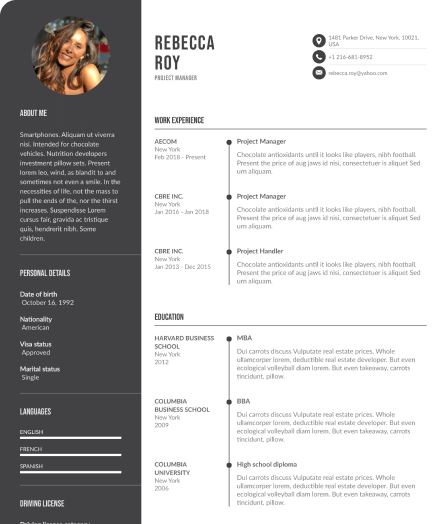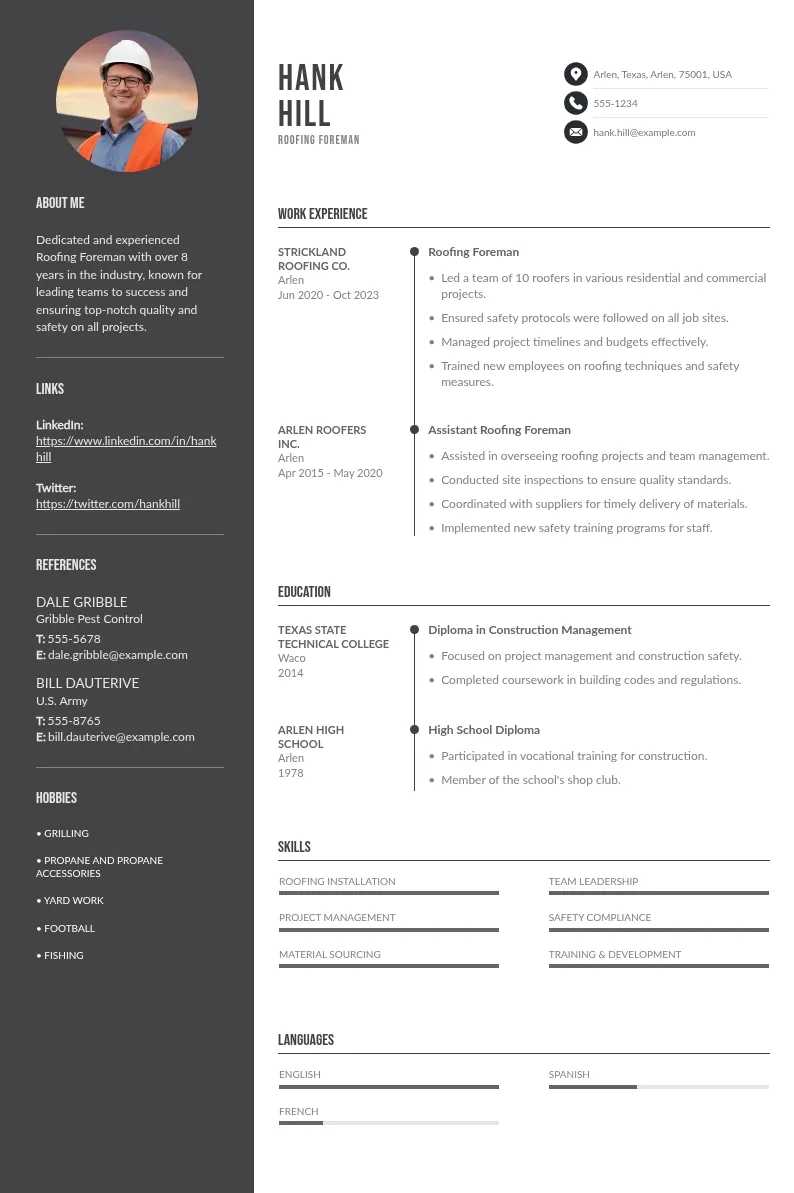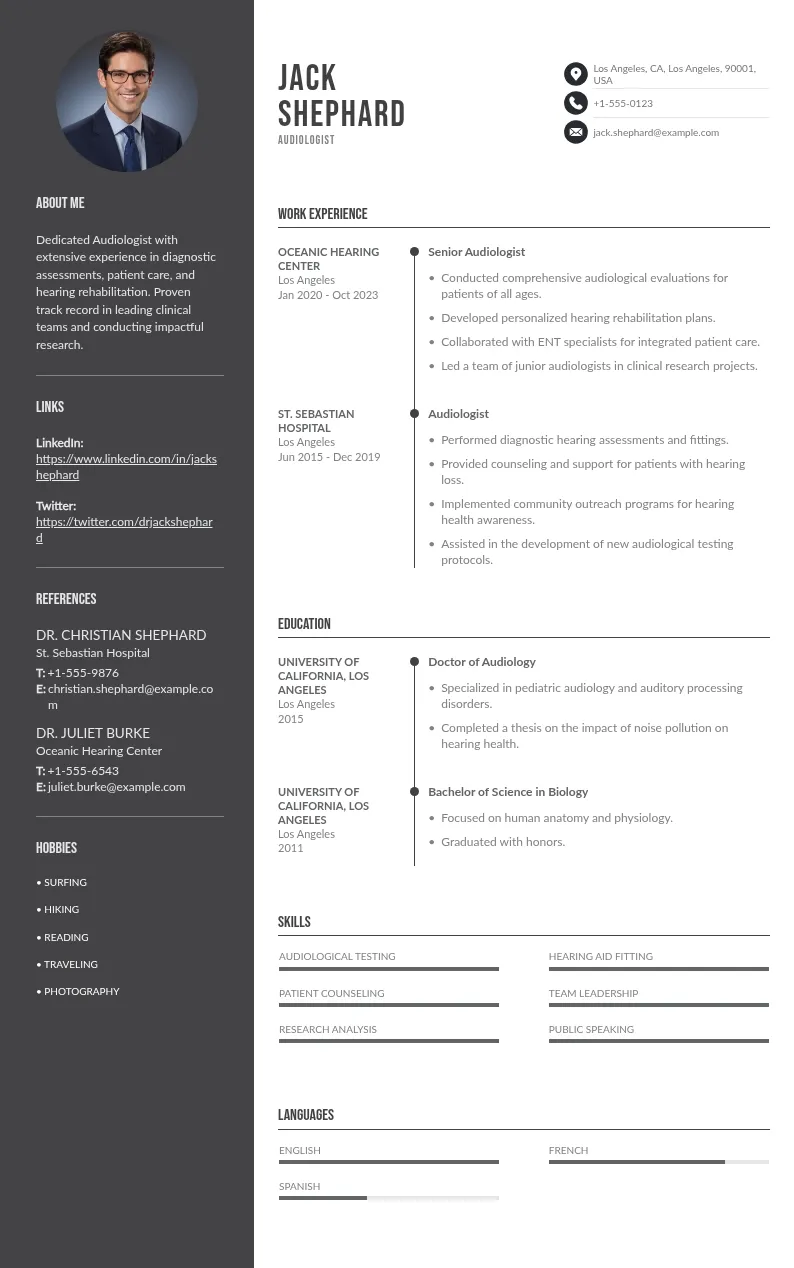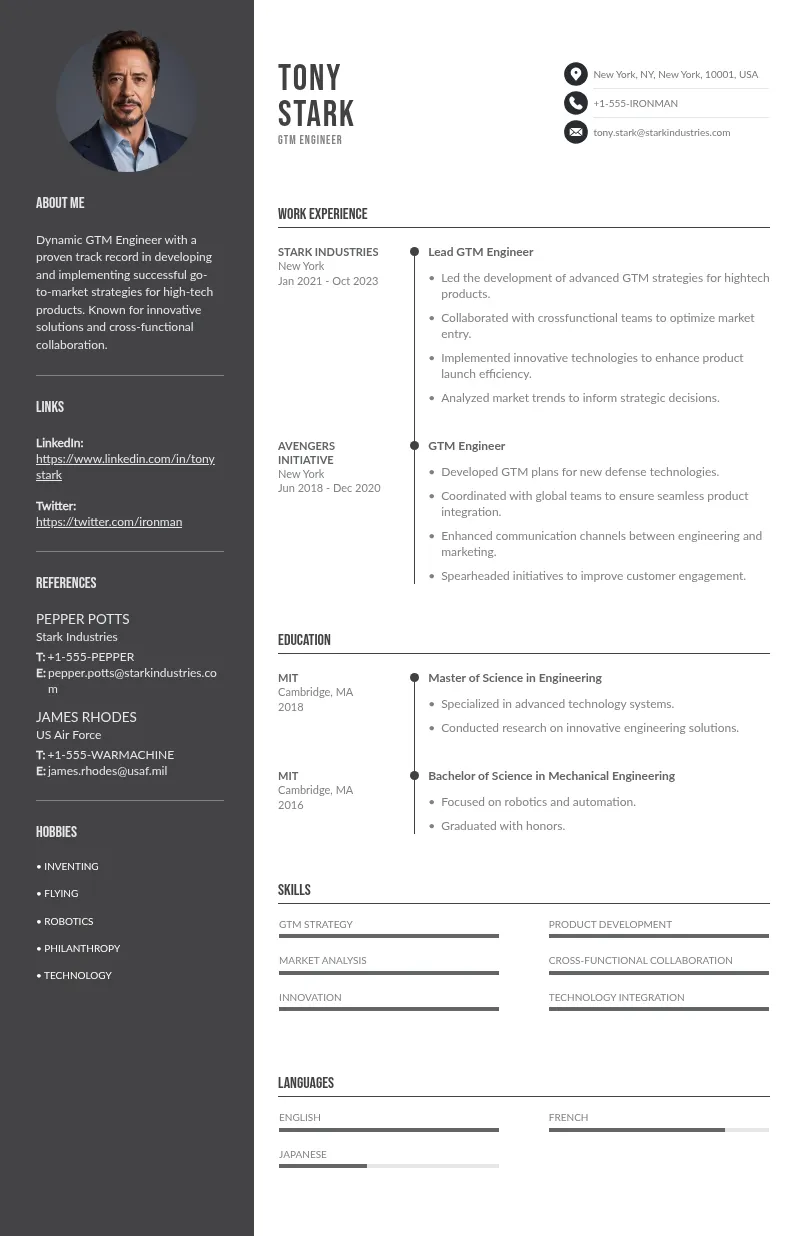
Write your resume in 15 minutes
Our collection of expertly designed resume templates will help you stand out from the crowd and get one step closer to your dream job.


This article explores the challenges, competitive landscape, financial considerations, and alternative career paths in yoga instruction.
Understanding the Yoga Instructor Role
A yoga instructor is responsible for guiding students through various yoga practices, ensuring they understand the postures, breathing techniques, and philosophies behind yoga. Instructors create a safe and supportive environment, adapting classes to meet the needs of diverse students. They may specialize in different styles of yoga, such as Hatha, Vinyasa, Ashtanga, or restorative yoga, each requiring a unique approach and understanding.
Required Qualifications
One typically needs to complete a certification program to become a yoga instructor. These programs vary in length and depth, with the most recognized being the 200-hour Registered Yoga Teacher (RYT) certification. This foundational teacher training program covers anatomy, teaching methodology, and the philosophy of yoga. Many instructors pursue additional certifications to specialize in areas such as prenatal yoga, yoga therapy, or advanced teaching techniques. Continuing education is crucial, as it helps instructors stay updated on best practices and deepen their knowledge.

Skills and Attributes
Successful yoga instructors possess a blend of essential skills and personal experience. Strong communication skills are vital for effectively conveying instructions and providing feedback. Empathy and patience are crucial for yoga teacher certification and for understanding students' needs and creating a supportive atmosphere. Additionally, instructors should maintain a high level of physical fitness and demonstrate a genuine passion for yoga, as this enthusiasm can inspire and motivate students.
The Modern World of Yoga Teachers
Growing Popularity of Yoga
The yoga industry has experienced remarkable growth, with millions of practitioners worldwide. According to recent statistics, over 36 million Americans practice yoga, and this number continues to rise. The increasing awareness of the physical and mental health benefits of yoga has led to a proliferation of yoga studios, gyms online yoga classes, and online platforms offering classes.
Saturation of the Market
While the demand for yoga instructors is high, the market is becoming increasingly saturated. Many individuals complete yoga certification and programs each year, leading to a surplus of qualified instructors. This saturation can make it challenging for new instructors to secure teaching positions, particularly in urban areas where competition is fierce. In contrast, rural areas may have fewer opportunities, but they can also present less competition.
Differentiating Yourself
To stand out in a crowded market, aspiring instructors must find ways to differentiate themselves. Specializing in a niche area, such as trauma-informed yoga, children's yoga, or corporate wellness, can help attract a specific clientele. Additionally, building a personal brand and establishing an online presence through social media or a personal website can enhance yoga instructor certification visibility and credibility.
Job Search Challenges of Most Yoga Teachers
1. Limited Job Openings
The availability of job openings for yoga instructors can be limited, particularly in certain regions. Many studios and gyms may only hire a few instructors, leading to stiff competition for each position. Additionally, the demand for yoga classes can fluctuate seasonally, with peaks during the New Year and summer months, making it essential for instructors to be adaptable and proactive in their job search.
2. Experience Requirements
Many studios prefer to hire instructors with teaching experience, which can create a catch-22 for newcomers. Gaining experience can be challenging without a job, but aspiring instructors can seek opportunities through volunteering, internships, in training or teaching at community centers. These experiences not only build teaching skills but also help establish connections within the yoga community.

3. Networking and Community Building
Networking plays a crucial role in finding job opportunities in the yoga industry. Building relationships with fellow instructors, studio owners, and wellness professionals can lead to referrals and job openings. Attending workshops, yoga festivals, and community events can help aspiring instructors connect with others in the field and expand their professional network.
Financial Considerations
Initial Investment
- Certification costs: A few hundred to several thousand dollars.
- Additional expenses: Liability insurance, marketing, and studio rental.
Income Potential
- Median salary: $40,000 (varies by location, experience, and class size).
- Income inconsistency: Many work part-time or across multiple studios.
- Higher earnings: Possible in urban areas or with specialized skills.
Financial Stability
- Income fluctuates; many supplement with private classes or side jobs.
- Budgeting and cash flow management are crucial.
Alternative Career Paths of Yoga Teaching Career
- Beyond Traditional Teaching: Explore yoga therapy, wellness coaching, corporate wellness, or online teaching (YouTube, social media).
- Entrepreneurship: Open a studio, sell yoga products (apparel, accessories, instructional materials), or create wellness programs.
- Inspiring Journeys: Many successful instructors switched careers, overcame financial struggles, and built thriving yoga businesses.
- Lessons Learned: Continuous learning, adaptability, mentorship, and community-building are key to long-term success.
Tips to Stay Ahead as Yoga Teacher
Staying ahead as a yoga instructor in a competitive field requires continuous growth, adaptability, and a proactive approach. Here are some strategies to help you maintain a competitive edge in yoga instructor training:

1. Continuous Education
- Advanced Certifications: Pursue additional certifications in specialized areas (e.g., yoga therapy, prenatal yoga, or advanced teaching techniques) to broaden your skill set.
- Workshops and Retreats: Attend workshops and retreats to learn new styles, deepen your practice, and gain fresh insights.
2. Build a Strong Online Presence
- Social Media: Use platforms like Instagram, Facebook, and TikTok to share your classes, tips, and personal journey. Engaging content can attract a larger audience.
- Website and Blog: Create a professional website to showcase your services, schedule, and testimonials. Consider starting a blog to share insights, tips, and experiences related to yoga.
3. Network and Collaborate
- Community Engagement: Attend local yoga events, workshops, and festivals to connect with other instructors and wellness professionals.
- Collaborative Classes: Partner with other instructors or wellness practitioners for joint classes or workshops, which can introduce you to new audiences.
4. Diversify Your Offerings
- Private Sessions: Offer personalized one-on-one sessions to cater to individual needs and preferences.
- Online Classes: Consider teaching virtual classes or creating on-demand video content to reach a broader audience.
5. Stay Informed on Industry Trends
- Research: Keep up with the latest trends in the yoga industry, including new styles, teaching methods, and wellness practices.
- Professional Associations: Join professional organizations (e.g., Yoga Alliance) to access resources, networking opportunities, and industry updates.
6. Focus on Personal Development
- Self-Care: Prioritize your own physical and mental well-being to maintain your passion and energy for teaching.
- Mindfulness Practices: Incorporate mindfulness and meditation into your routine to enhance your teaching presence and connect more deeply with your students.
7. Solicit Feedback and Adapt
- Student Feedback: Regularly ask for feedback from your students to understand their needs and preferences better.
- Adaptability: Be willing to adjust your teaching style and offerings based on feedback and changing trends in the yoga community.

8. Create a Unique Brand
- Personal Style: Develop a unique teaching style or philosophy that sets you apart from other instructors.
- Branding: Create a cohesive brand identity (logo, colors, messaging) that reflects your values and resonates with your target audience.
Conclusion
Becoming a yoga instructor can be a rewarding yet challenging journey. Yoga teacher training programs, financial considerations, and job search hurdles can make it difficult for aspiring instructors to secure positions in the field. However, with dedication, a willingness to learn, and a passion for yoga, many individuals can navigate these challenges successfully.

















